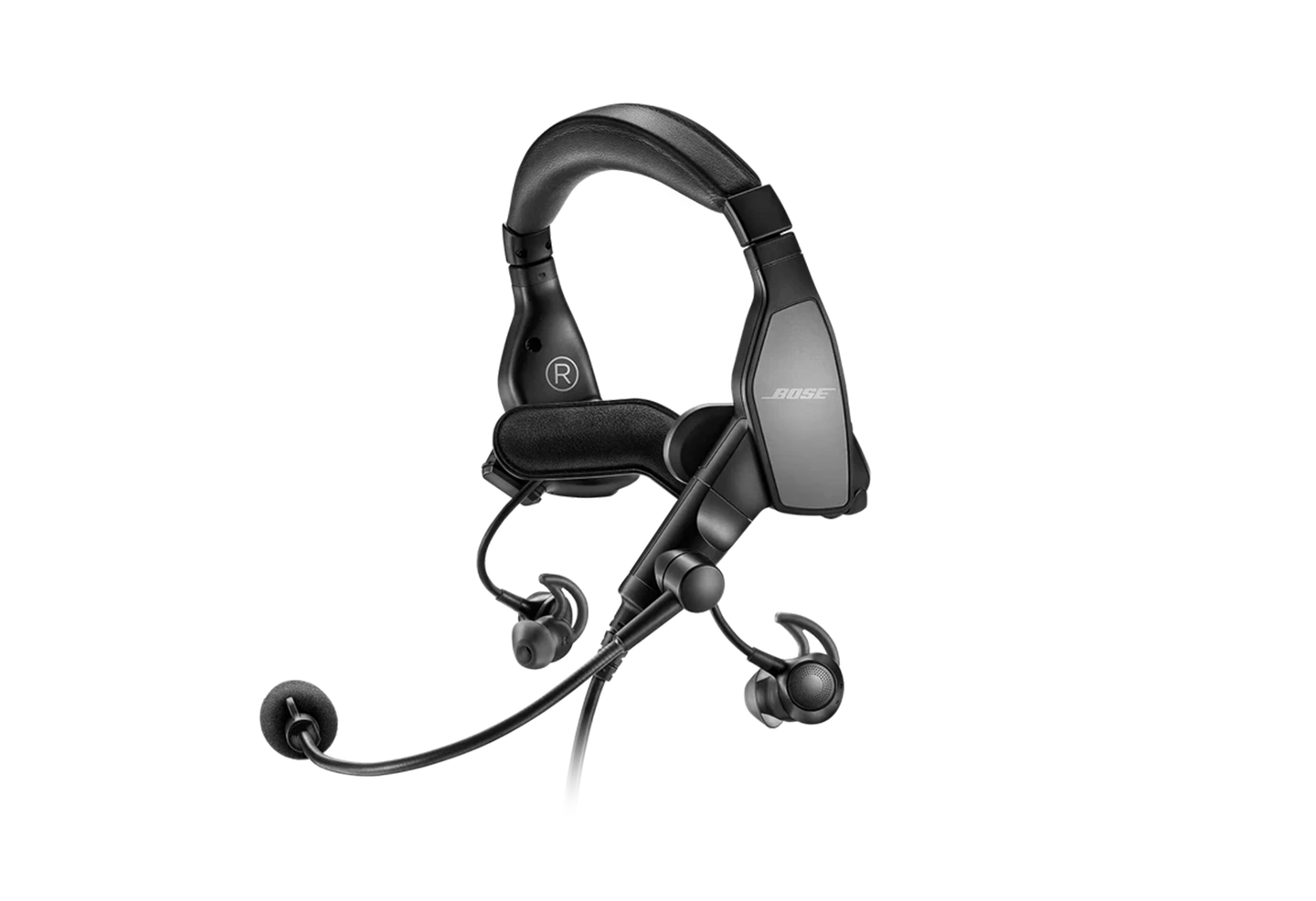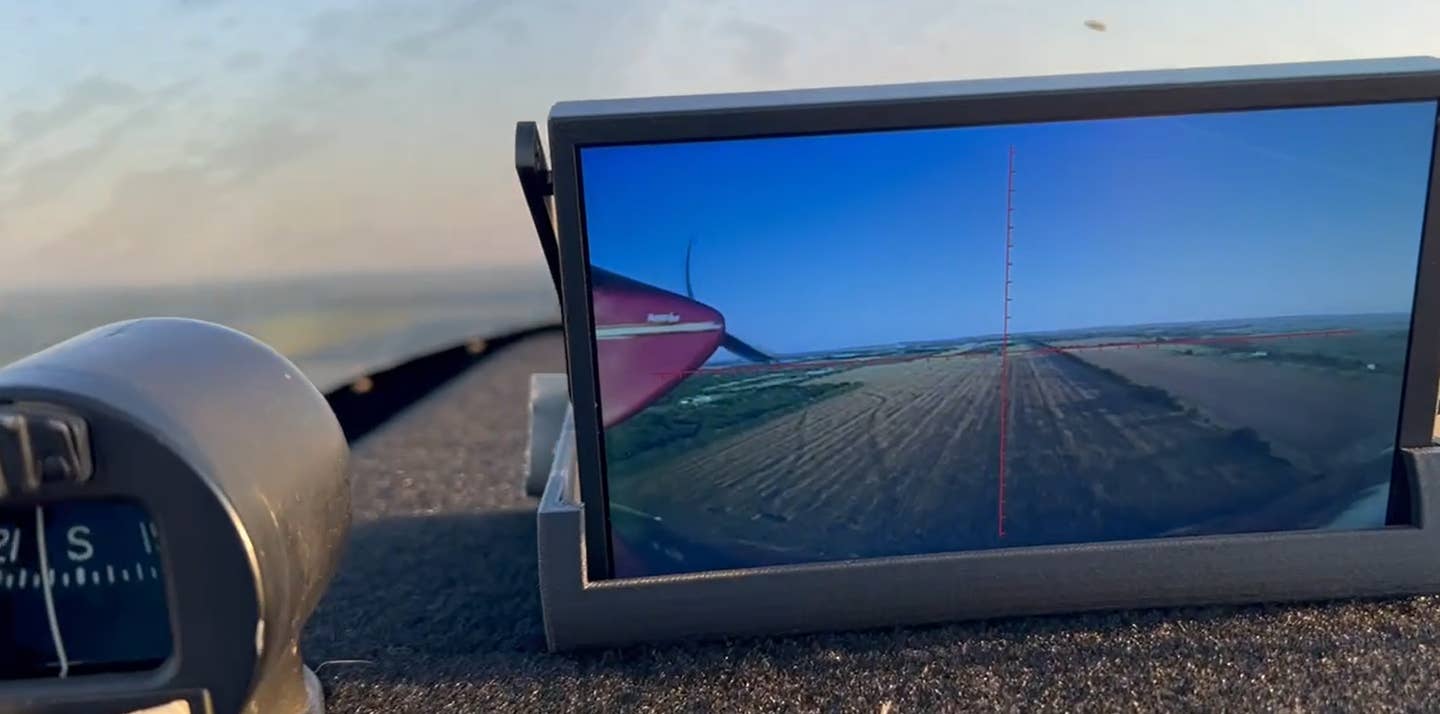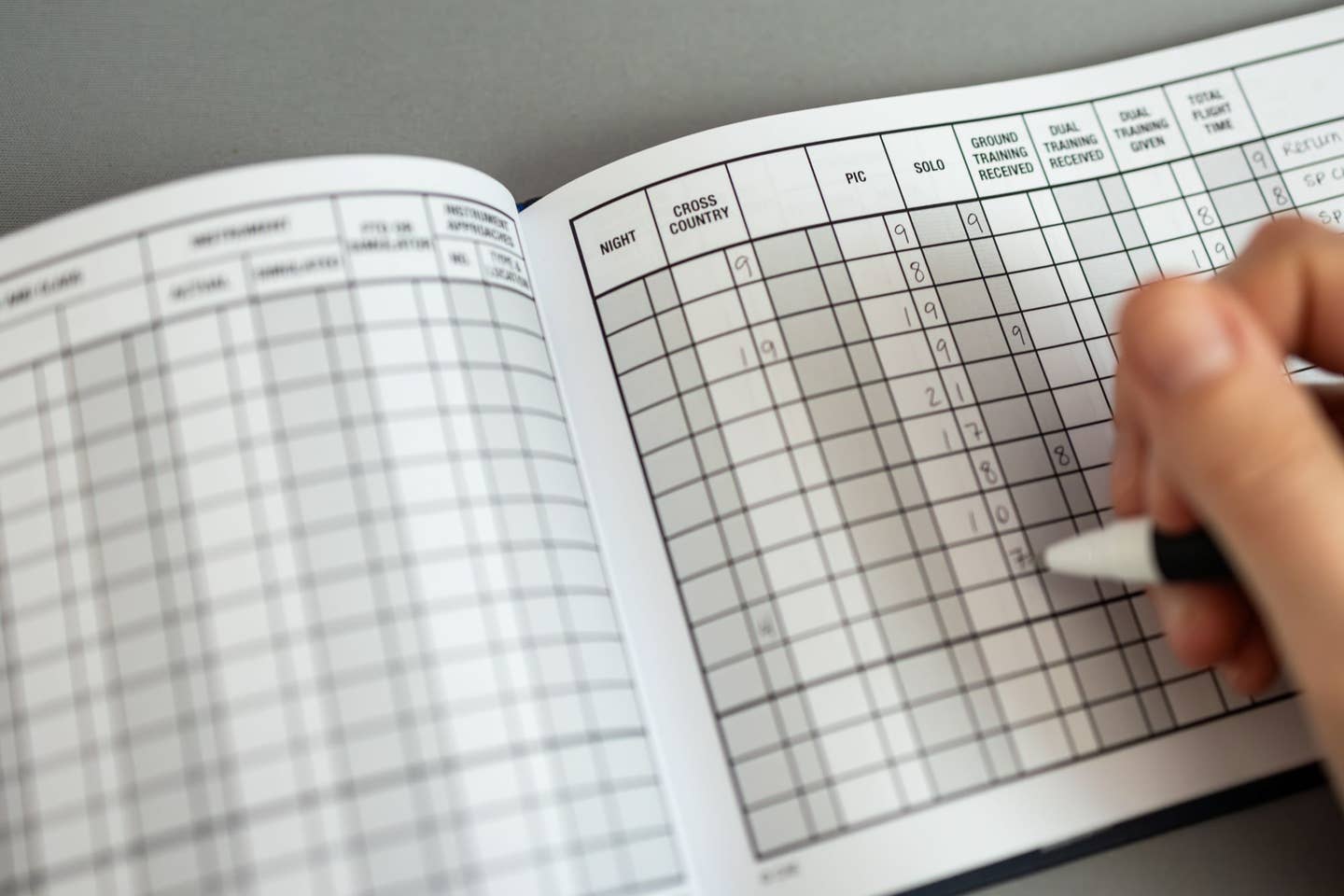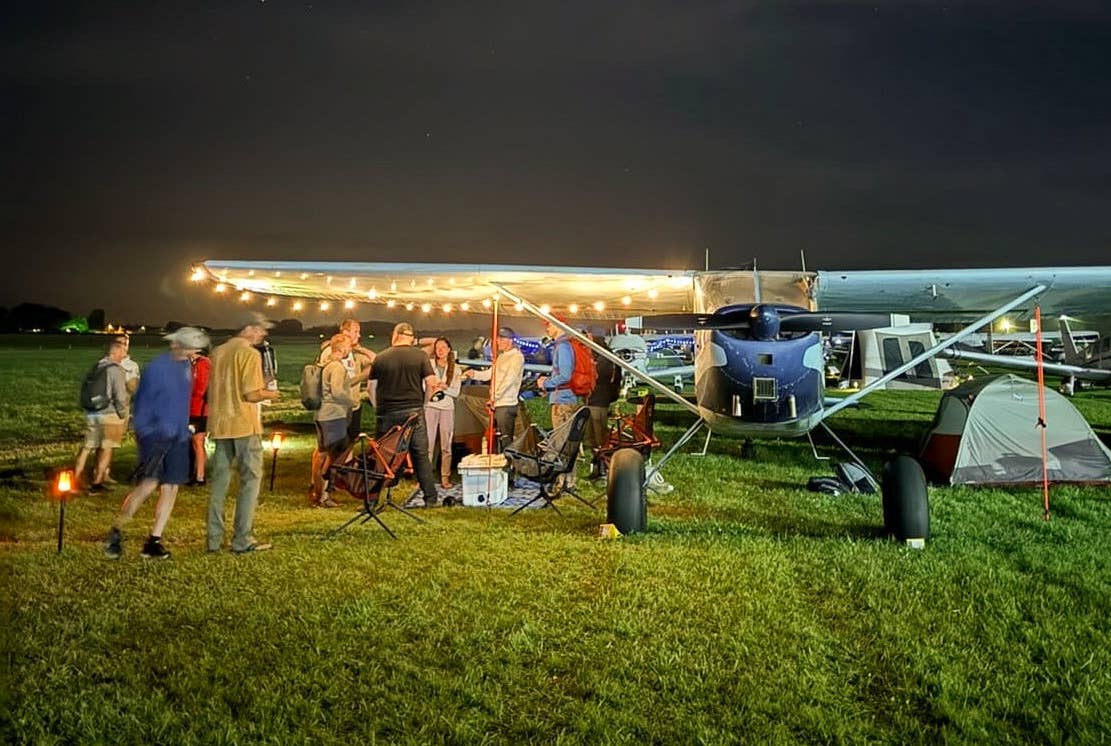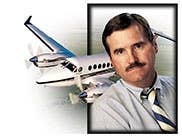
ColumnArt_Web
Most pilots believe that it's easier to fly IFR with a big flat-glass primary flight display (PFD) instead of the six-pack of mechanical instruments. Until recently I wasn't convinced. I don't know of any controlled studies that have compared the pilot workload, or the precision of basic attitude, altitude, heading and airspeed control, when flying the electronic PFD or mechanical steam gauges. There has been considerable human factors research into various symbols and graphical presentation of primary flight instruments, but I don't know of any experiments that have taken significantly sized groups of non-instrument rated pilots and trained a control group on one type of display and compared it to the performance of a similar group using the other style of instruments.
Opinions by experienced IFR pilots on the subject are almost meaningless. I am convinced that a pilot with a well-developed instrument scan and good situational awareness will do a perfectly fine job of flying with either style of display.
But when the first PFDs were being developed industry experts were not convinced that transitioning to electronic displays would be seamless for experienced pilots. And at that time only experienced pilots were of concern because electronic flight instruments of all types were restricted to very expensive turbine airplanes because of high costs.
The first widely used electronic displays -- EFIS they were then called -- were in the Boeing 767/757 and they were essentially TV pictures of a conventional flight director and horizontal situation indicator (HSI). There was some added information including a track display on the HSI but there was little new for airline pilots to learn because the look was so much like the mechanical instruments the EFIS replaced. The technical breakthrough was to make a CRT display bright and sharp enough to be clearly visible in the cockpit under all lighting conditions.
EFIS displays quickly found their way into business jets, with the Falcon 100, the follow-on model of the small and very fast Falcon 10, the first production jet to be fully equipped. The common wisdom among the industry experts was that younger, more technically savvy pilots would adapt to EFIS quickly, but the older gray heads would resist. Most opined that the older pilots would insist on retaining traditional mechanical instruments on one side of the cockpit for comfort of the familiar.
The experts were all wrong. EFIS was accepted instantly by pilots of all ages. The only airplanes that had the mechanical displays on one side did so as a cost-saving measure, not for worry about the reliability and usefulness of the electronic displays.
The first actual PFD with all flight instruments presented on a single electronic display was developed by Honeywell and Gulfstream for the G-IV in the 1980s. The big difference between the PFD and what was by then common EFIS cockpits was the vertical tape displays of air data. There just wasn't room on the screen for large round displays of airspeed, altitude and vertical speed so they were presented as thermometer-style vertical tapes that appeared to scroll as the value changed.
All human factors research that I know of shows that a round dial delivers the most information to the human brain in the shortest amount of time. The briefest glance at a round dial display, such as a watch or clock, allows the human brain to gather the information presented with pretty good precision. The Movado Museum series of watches is a perfect demonstration of this. With only a single index mark at the 12 o'clock position it's easy to tell time on that style of watch within a minute or two with just a glance.
The display space available and other technical issues made the round dial display impossible. But how best to present altitude and airspeed on a vertical display? The altimeter was easy because a higher altitude is always above you, so the big numbers would be at the top of the display. But with airspeed the higher values are below you. An airplane accelerates when you lower the nose. So it made sense to the Gulfstream experimental test pilots to put the big airspeed numbers at the bottom of the tape.
My first takeoff in the G-IV, and first flight using any PFD, was into a 400-foot-high overcast and the presentation seemed perfectly natural from rotation. Part of the reason is that in jets it's standard procedure to set airspeed and altitude targets with "bugs" on the instrument. So instead of remembering a specific number, you fly to the bug you or your copilot set as the target. The other reason adaptation was easy is that the flight director format was the same, so I pitched the nose into the command bars to hold the target airspeed, altitude or heading just as I always had with mechanical instruments.
The reversed airspeed tape display in the G-IV was not adopted by any other airplane manufacturer that I know of, but the PFD was an instant success and quickly spread across the business jet fleet.
Collins Avionics was among the first to develop flat glass displays with its Pro Line 21 system, and that solved the technical limitations that had forced the use of vertical tape altitude and airspeed displays. The Beech Premier was the first announced program for the new Pro Line 21 system and it was to have had round dial airspeed and altitude displays on the PFD. I got to fly an experimental version of the PFD and it was excellent. The round dials were great and simply observing the position of the needle showed instantly if you were on target.
But by the time it was technically possible for Collins to make a PFD with round airspeed and altimeter displays, the vertical tapes had become the industry standard. Pilots had adapted and the human factors benefit of the round dials just wasn't enough to overcome the inertia of the vertical tapes.
The other issue in PFD design was the size of the blue sky, brown ground presentation. In jets, everybody was happy with an artificial horizon display that was several inches across, actually a little bigger than the five-inch mechanical flight director instruments the PFD had replaced. The horizon line and colors were confined in the center of the display and did not extend behind the vertical tapes.
I'm not sure who was first to stretch the horizon line and up and down colors across the entire display, but I believe it was Avidyne who worked with Cirrus to create the first low-cost PFD for piston airplanes. When I flew early experimental versions of the display I couldn't find any benefit in attitude control or orientation from the wide horizon, but other pilots said they could. With a horizon display that was more than three times as big as the conventional steam gauge attitude gyro, many thought it would be impossible to become disoriented and not know up from down. Maybe.
Some airplanes equipped with the wide horizon attitude display have been lost in what appear to be pilot disorientation accidents, but there is no control group. There were no pilots of similar experience flying in similar conditions with steam gauges to compare to those who lost control with the wide horizon. The wide horizon is probably better for orientation, and maybe for recovery from loss of control, but we don't know how much.
But the debate over the value of the full-screen horizon display became moot not long ago when synthetic vision was developed. Synthetic vision system (SVS) or synthetic vision technology (SVT) as Garmin calls it, is a picture of the terrain under and ahead of you that is created from topographical data stored in the terrain warning system. Tall mountains are the most spectacular SVS display, but in reality it is ordinary terrain features such as small hills, rivers and, most importantly, the runway that are the real value. With SVS you see your position and flight path relative to the terrain around you and the airport. In terms of terrain avoidance, it is perpetual VFR. You see your actual flight path projected ahead of you as you fly over the terrain, so flying into an obstacle would be as unlikely as hitting it on a clear day.
Gulfstream and Honeywell were first to develop SVS for a transport category jet, and Garmin first to bring the technology to piston airplanes, turboprops and light jets. And to me, SVS is the game changer. The debate is over. With SVS and its almost magical ability to orient a pilot to his surroundings and the destination runway, as well as traffic tracked by the traffic warning system, IFR flying is so very close to VFR. The flight path guidance with the terrain around you moving at the appropriate speed gives the same clues to attitude, airspeed and altitude one gets when flying in the clear. Yes, you still need to read the numbers, or observe the bugs you set, to stay on the assigned altitude or heading, but the orientation is delivered at a glance. With SVS a new instrument pilot will need to learn IFR procedures, but actual control of the airplane in the clouds or under the hood should be a snap compared to any previous display.
Every step in the move from steam gauges to PFD has helped make IFR flying at least a tiny bit easier. But SVS with its flight path guidance, track guidance for any procedure, and unmistakable presentation of terrain collision threats is what the industry has been working toward. There are undoubtedly PFD refinements and improvements coming in the future that none of us have even thought of yet, but I can't imagine a leap forward as useful for lowering pilot workload and improving safety as development of SVS. The potential of that first PFD 23 years ago has been delivered, and unlike the first electronic displays, it is priced and sized for airplanes of all types.
Aspen PFD Is Tough
Aspen has found a market for its compact PFD system that people at the company didn't expect, and neither did I. It turns out that the Aspen PFD is very popular in the high-performance aerobatic airplanes, particularly the German-built Extras.
The high Gs and almost violent maneuvers a modern aerobatic airplane can fly have been a death sentence for the spinning metal rotor gyros of a conventional attitude or heading indicator. A few owners had developed quick disconnect systems so they could take the gyros out before flying aerobatics.
But as in other PFD systems, the Aspen has no moving parts. Electronic sensors built into the system calculate attitude and heading based on accelerations. These attitude heading reference systems (AHRS) don't really care if they are upside down, or pulling more Gs than a human can endure for long. And the Aspen system is the same size as the attitude and heading gyro instruments it replaces so it fits in the tight spaces of an aerobatic airplane instrument panel. Who would have thought of an Extra as a good candidate for a PFD?

Sign-up for newsletters & special offers!
Get the latest FLYING stories & special offers delivered directly to your inbox

